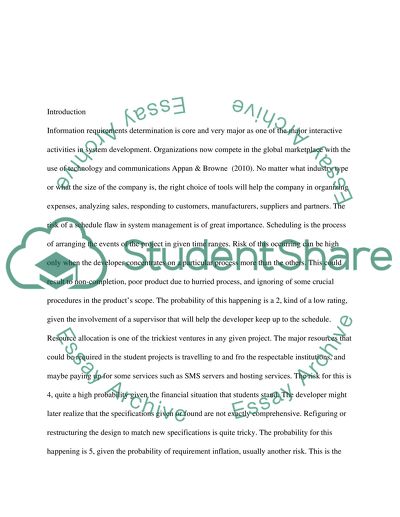Cite this document
(“ENTERPRICE RESOURCE PLANNING Research Paper Example | Topics and Well Written Essays - 2250 words”, n.d.)
Retrieved de https://studentshare.org/marketing/1392797-enterprice-resource-planning
Retrieved de https://studentshare.org/marketing/1392797-enterprice-resource-planning
(ENTERPRICE RESOURCE PLANNING Research Paper Example | Topics and Well Written Essays - 2250 Words)
https://studentshare.org/marketing/1392797-enterprice-resource-planning.
https://studentshare.org/marketing/1392797-enterprice-resource-planning.
“ENTERPRICE RESOURCE PLANNING Research Paper Example | Topics and Well Written Essays - 2250 Words”, n.d. https://studentshare.org/marketing/1392797-enterprice-resource-planning.


